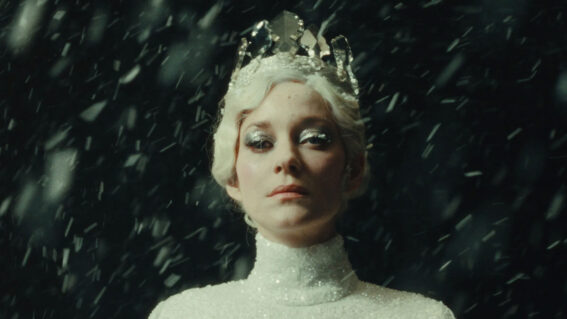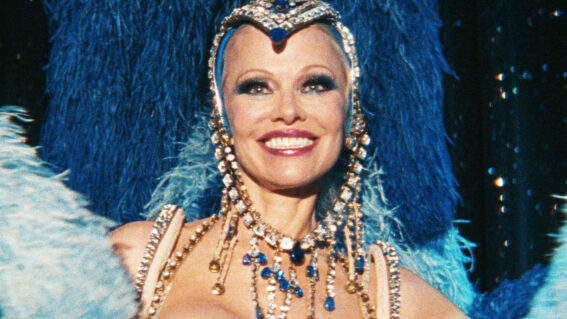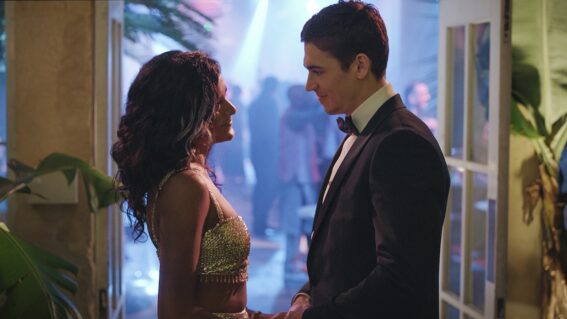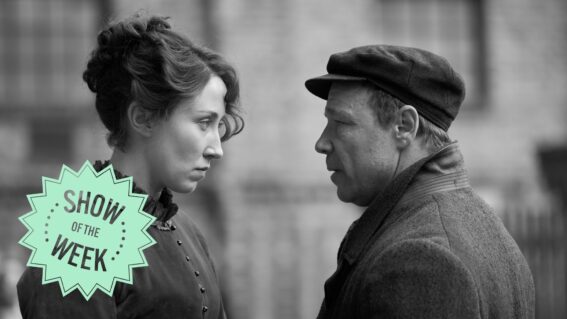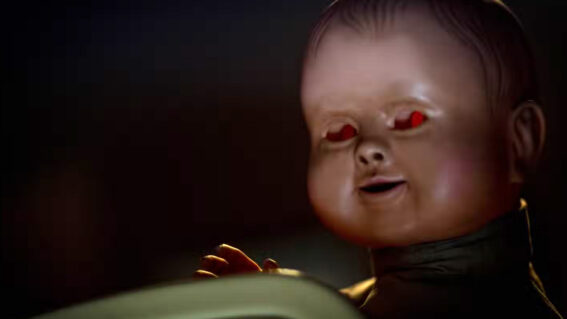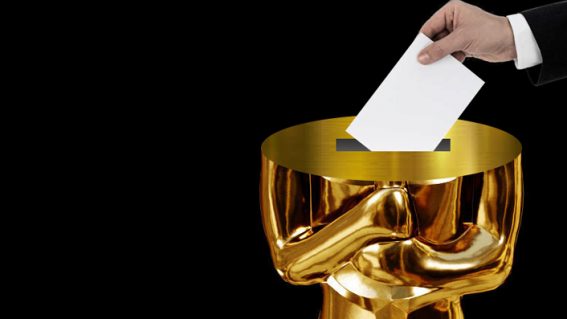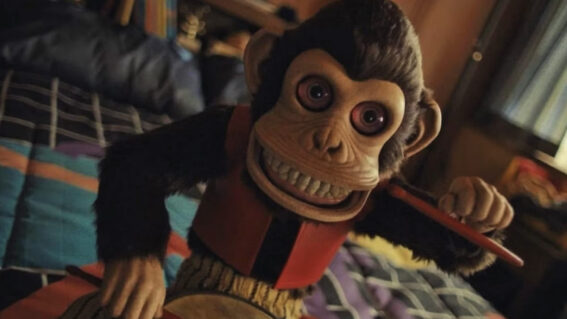Anatomy of a Fall slyly subverts the murder mystery genre
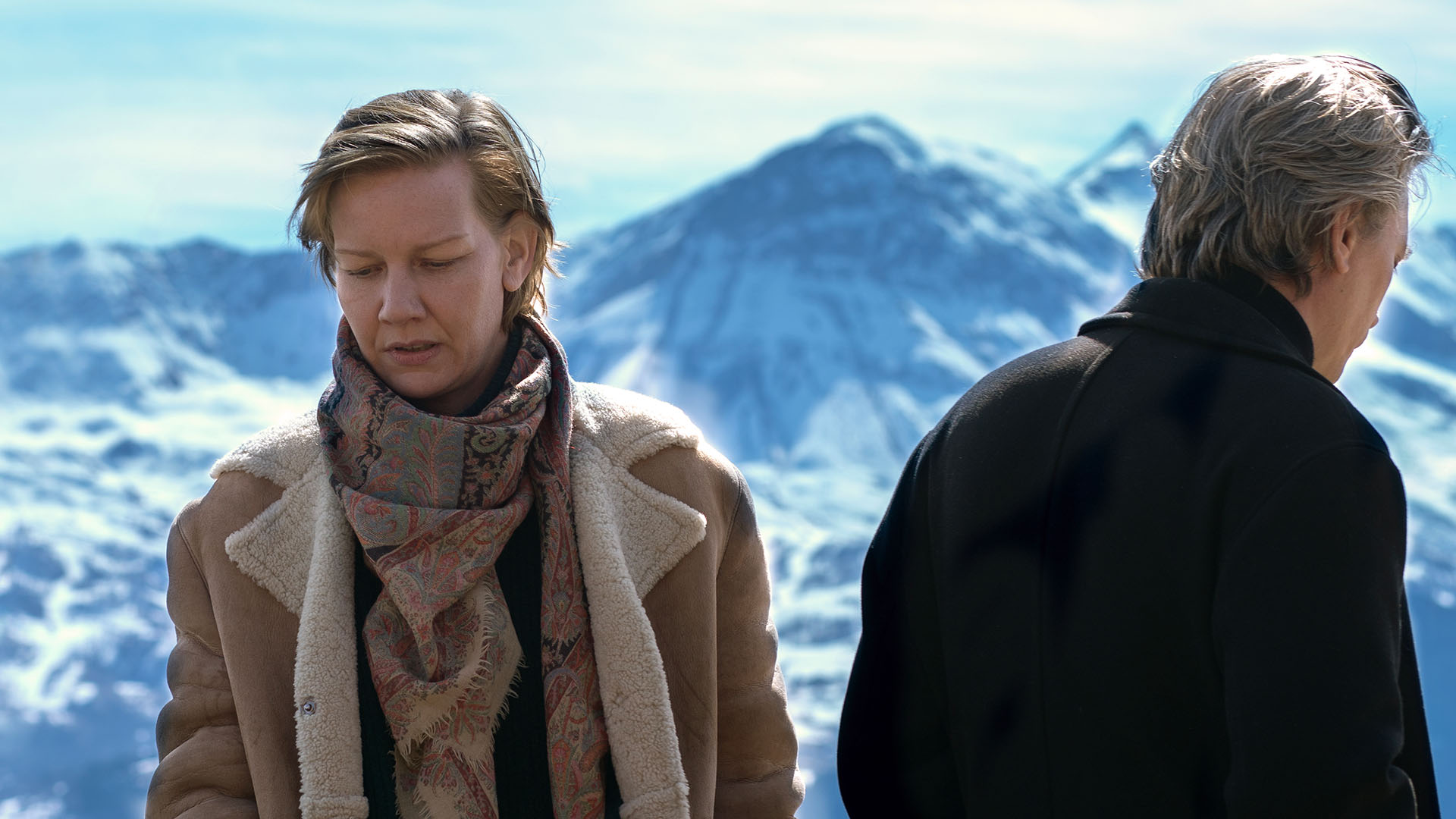
A mysterious death is “just one part of the puzzle” in celebrated crime-courtroom thriller Anatomy of a Fall. Luke Buckmaster dives into the film’s weighty questions of genre, character, and even its open-ended title.
Most murder mysteries avoid depicting the murder, for obvious reasons: if we saw it there wouldn’t be much of a mystery. Justine Triet’s Palme d’Or–winning and Best Picture-nominated film takes the ambiguity of not knowing several steps further, crafting a work that draws as much impact from what it omits as what it includes. The French writer/director subverts the murder mystery and procedural genres by playing games with what we can and can’t see, what we know and don’t know, what we can reasonably deduce and what may lie forever beyond our ken. There’s also the question of what genre we’re even watching.
Anatomy of a Fall has no genius sleuth; no revelation-delivering denouement; no moments of courtroom grandstanding. If the film’s essence were represented by a crime scene element, it’d be a chalk outline: this is a thumbnail sketch, a framework, a diagram waiting to be filled. Yet it’s deeply gripping—far more engaging than the vast majority of comparable narratives that dot their i’s and cross their t’s. The viewer isn’t just cast as a quasi-detective, weighing up the ins and outs of the case, but also assigned the role of the video store clerk from yesteryear, deciding where to place the film on the shelf and how to explain it to customers. Is this a whodunit? A thriller? A courtroom drama? A portrait of an ailing marriage?
That last category is complicated by the fact that the husband of Sandra (Sandra Hüller), the film’s protagonist, dies in the first 10 minutes. Theoretically making it difficult for the film to scrutinise their relationship—but Triet has some tricks up her sleeve. The death of said hubbie Samuel (Samuel Theis), as previously implied, transpires off-screen. In fact the first time we see him he’s already carked it, face down outside their snow-covered chalet in the French Alps. It’s clear Simon fell from the building’s top story. But Anatomy of a Fall‘s slippery nature encourages some consideration of the ambiguity of the words “fall” and “fell.” They imply an accidental event, but if one is pushed one also falls; the last word of the title, therefore, sits on the fence.
Three possibilities can be reasonably deduced: Simon accidentally fell; Simon deliberately fell (he died by suicide); or Simon was pushed by Sandra. Her attorney Vincent (Swann Arlaud), whose gentle mannerisms feel unusually placid for this kind of role—another sly subversion—tells her nobody will believe it was an accident. So, when she’s charged with murder, they decide to argue he took his own life. Only then does Sandra recall a past incident during which, she says, Simon swallowed a bunch of pills, potentially establishing a history of suicidal ideation. This disclosure gets us asking questions: did she conveniently just remember that, or was it in some way twisted or contrived?
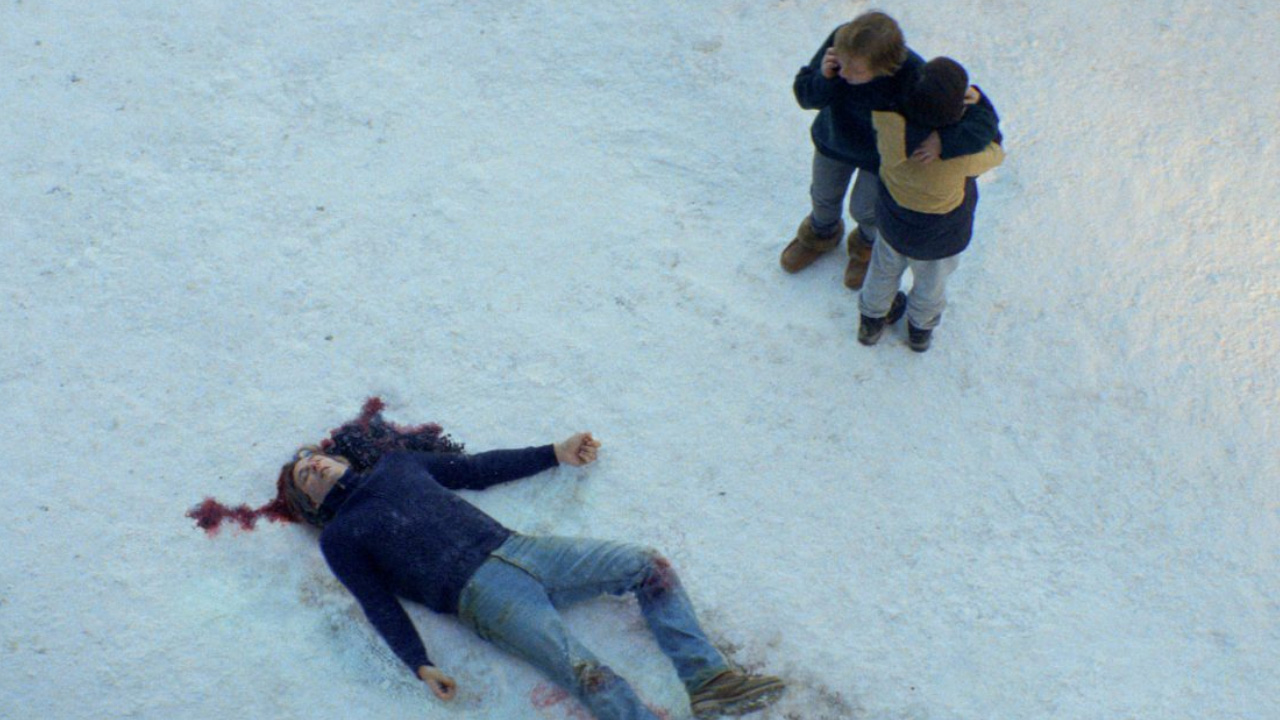
Hüller’s shrewdly guarded (and Oscar-nominated) performance makes it tough to get a reading on the protagonist, to find an emotional centre. Sandra is quite affable but also stoic…perhaps too stoic? Instead of attempting to convey her heart and soul, the essence of her character, Triet and Hüller pursue a more challenging objective: to convey somebody who’s complex and multidimensional, but evokes enough ambiguity, inside those dimensions, to allow for fundamentally different interpretations of her inner self and substance. It’s a portrayal that’s boxed in but thrown wide open. We might wonder: how well do we know anybody, if we’re only given snapshots of their lives, small windows to observe them through?
The film’s greatest turning point, in my mind, will occur at different times for different viewers. For some it’ll never occur at all. It’s the realisation that the titular “fall” might refer to something other than a physical fall: the collapse of Sandra and Samuel’s marriage. In one great touch, while the courtroom is played a recording of an argument between the pair, Triet cuts to the scene itself, bringing Samuel to life and vitality. This would be a standard flashback in another film but here it feels almost uncanny, almost revelatory, despite the visualisation offering no new clues. Is it direction, or misdirection? So many questions; so many mysteries. The death is just one part of the puzzle.





